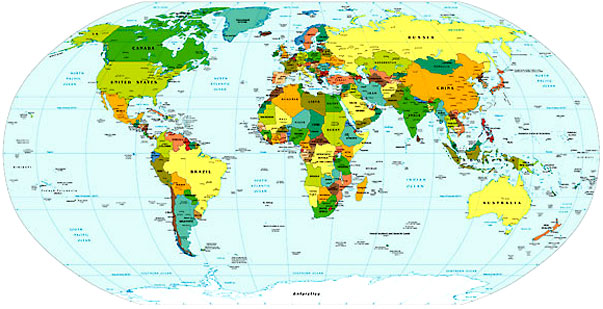 I heard recently that, once again, the movement for independence is afoot in Greenland; in the mean time, while they remain a province of Denmark, they are at least self-governing and on 21 June the celebrate their national day—Ullortuneq Day. And, as is often noted, while Iceland is really very green, Greenland is incredibly icy, with not a lot of green to be found.
I heard recently that, once again, the movement for independence is afoot in Greenland; in the mean time, while they remain a province of Denmark, they are at least self-governing and on 21 June the celebrate their national day—Ullortuneq Day. And, as is often noted, while Iceland is really very green, Greenland is incredibly icy, with not a lot of green to be found.Though the population is small (just over 55,000 these days) Greenland has been inhabited since prehistoric times, and, more recently, was colonized by the Norse in 984—the native Inuit population remained, and seems to have existed peacefully alongside the Norse. When Norway converted to Christianity, Greenland received a bishop and in 1261 Greenland officially became part of the Kingdom of Norway.
But then, a few centuries later, the Norwegian settlements vanished. Remains suggest malnourishment was a contributing factor. It wasn’t until 1721 that Norway—now the Kingdom of Denmark-Norway—reasserted its claim to the island. When the Treaty of Kiel broke up the union of Denmark and Norway, Denmark claimed overseas possessions, including Greenland. In 1931, Norway occupied and laid claim to parts of East Greenland, but when in 1933, the matter went before the Permanent Court of International Justice, Norway lost out.
During the World War II German occupation of Denmark Greenland became self-governing as a result of a 1925 law that allowed governors to take control when extreme circumstances arose. When the relationship with Denmark resumed, the movement toward permanent self-rule began to gain ground and home rule was finally instituted in 1979.
 Over 80 percent of the country is covered by the Greenland ice sheet. Apparently the weight of this ice has depressed the central land area into a basin shape that lies over 300 metres below sea level. a quarter of the world’s surface ice is found in Greenland. Interesting, the extreme north of Greenland is not covered by the ice sheet because the air there is too dry to produce snow.
Over 80 percent of the country is covered by the Greenland ice sheet. Apparently the weight of this ice has depressed the central land area into a basin shape that lies over 300 metres below sea level. a quarter of the world’s surface ice is found in Greenland. Interesting, the extreme north of Greenland is not covered by the ice sheet because the air there is too dry to produce snow.Culturally, Greenland shares a lot of traits with Inuit traditions—not surprising since they also share the same ancestry. Hunting is an important part of life—now that it is common for at least one family to be in salaried employment (to pay for the electricity that is now common) it is common for a woman of the family to take a job, while men hunt full-time. Unfortunately this means that many Thule women are losing their knowledge of many traditional cultural skills.
Looking for a poem from Greenland, I found what I take to be a traditional piece (correct me if I’m wrong)—“Song to Spring”—online here. Translated by Tom Lowenstein, it comes from his book Eskimo poems from Canada and Greenland..
Song to Spring
Aja-ha aja-ha
I was out in my kayak
making toward land.
Aja-ha aja-ha
I came to a snow-drift
that had just begun to melt.
Aja-hai-ja aja-hai-ja
And I knew that it was spring:
we’d lived through winter!
Aha-hai-ja aja-hai-ja
And I was frightened
I would be too weak,
too weak
to take in all that beauty!
Aja-hai-ja
Aja-jai-ja
Aja-ha
Translated from the Greenlandic by Tom Lowenstein


No comments:
Post a Comment